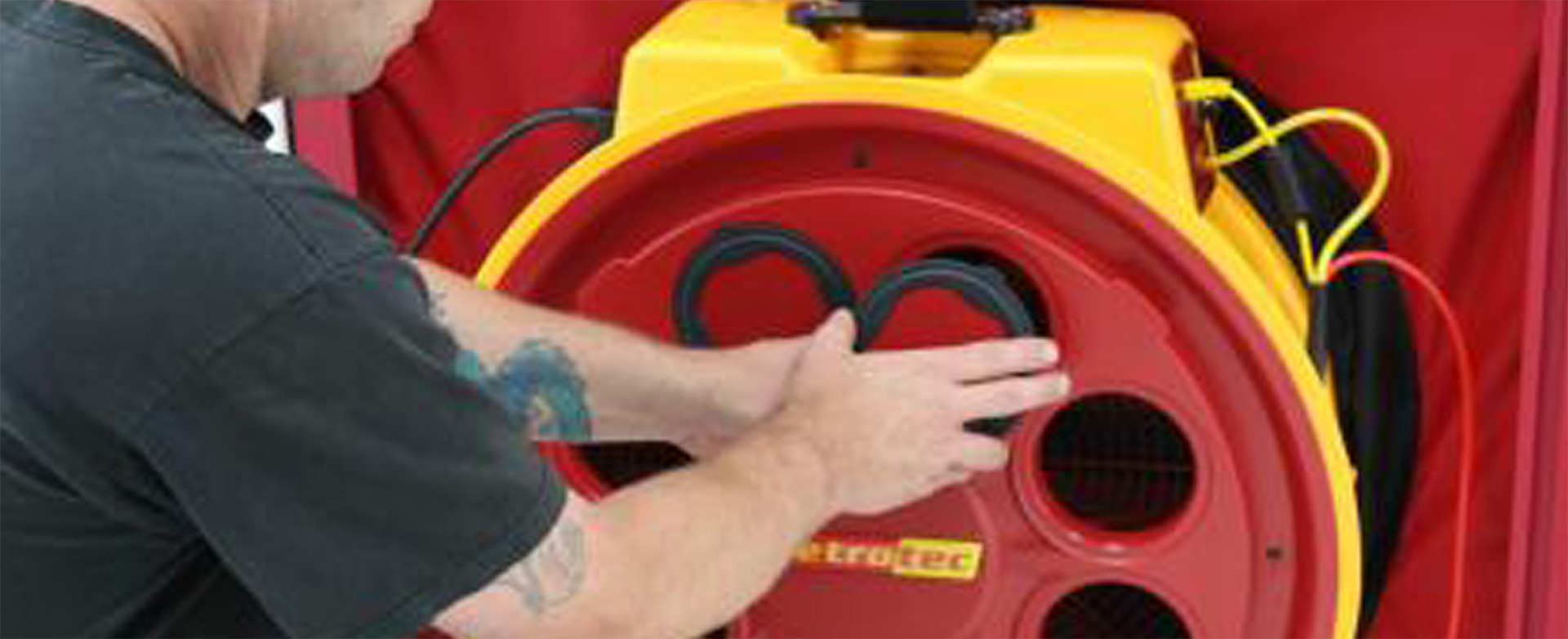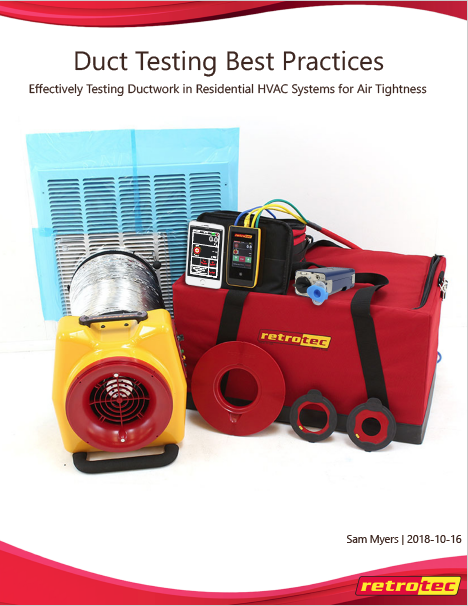Energy
-
Posted: January 21, 2020Categories: EnergyRead more »

Blower-door assisted load calculations are boosting profits and customer satisfaction and reducing risk for forward-thinking contractors.
If you've been following the latest industry buzz you may have heard of HVAC 2.0 (formerly Home Performance 2.0). It's a real game changer that every HVAC contractor in the residential market needs to check out. Here's why.
The “2.0” suffix suggests an improvement to the status quo. That's certainly the case here. HVAC 2.0 is a new, consultative sales process designed to help contractors close more business at higher ticket prices, by helping customers solve their real comfort problems. And it's structured so that the initial consultation can be done effectively by an entry-level sales tech.
How It Works
HVAC 2.0 is the brainchild of Nate Adams of Energy Smart Home Performance, a Cleveland Home Performance consultancy. HVAC 2.0
-
Posted: September 13, 2019Categories: EnergyRead more »
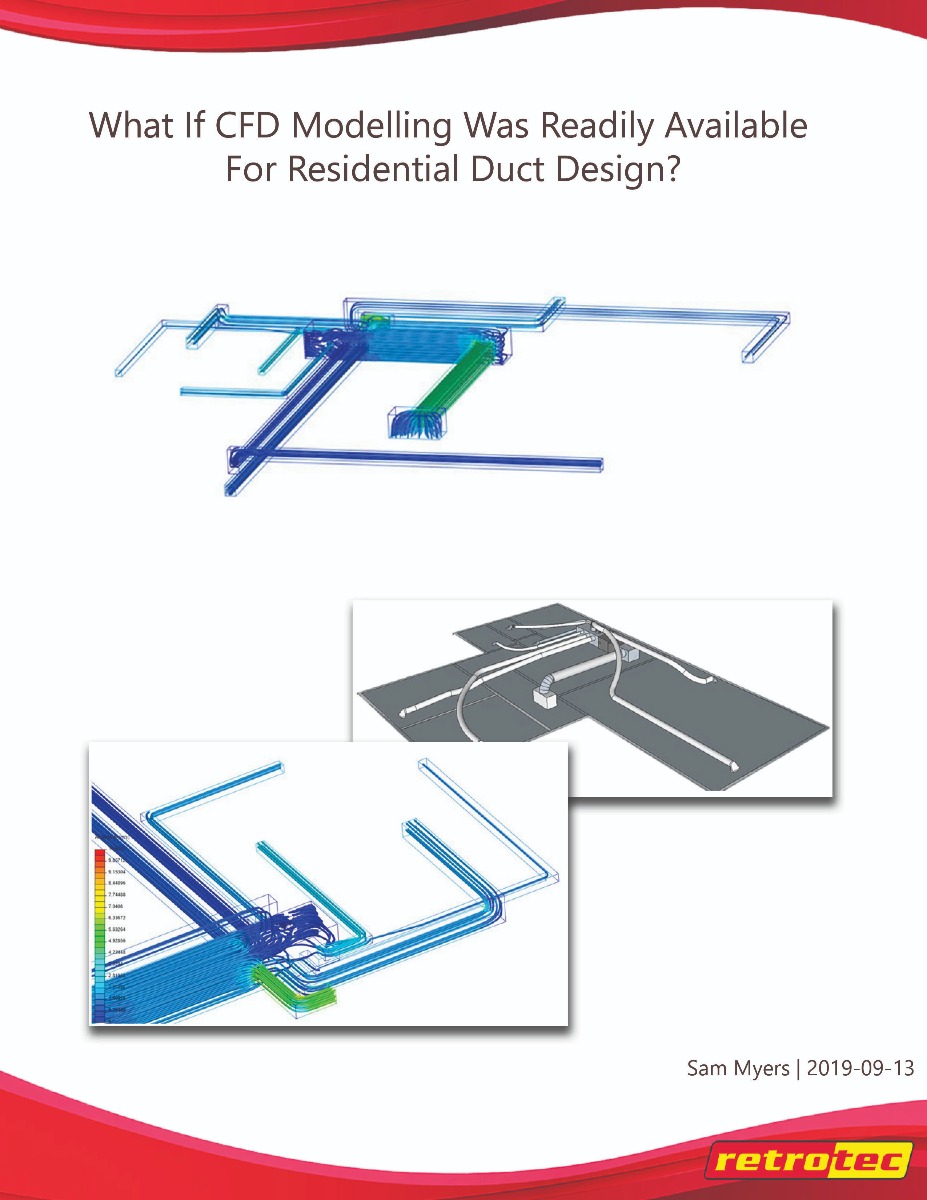 What If CFD Modelling Was Readily Available For Residential Duct Design?
What If CFD Modelling Was Readily Available For Residential Duct Design?Author: Sam Myers
Abstract
Within the confines of the HVAC field, airflow behavior is one aspect that can be difficult to understand when it comes to proper duct system design and airflow measurement. The challenge of providing a visual display of an issue that is invisible to the naked eye is a regularity we face when working with clients, apprentices and students. Once a duct system is installed, we can use diagnostic tools such as flow hoods and duct testers to measure and expose air flow and leakage, then record our reading. We can also use thermal imaging equipment and smoke generators to make air behaviors visible. However, these actions are more reactive than proactive. What if we could see how air is supposed to behave inside our duct system during the design phase? Or show what happens if mistakes are made? The use of computational fluid dynamics (CFD) modeling can allow
-
Posted: September 01, 2019Read more »
Starting in September of 2019, a duct leakage test will be required for all residential new construction homes that have ductwork outside of the conditioned space. This includes ducts located in vented crawlspaces, ventilated attics, and attached storage rooms that are not conditioned.
In many states, a certification of some type is typically required. However, in Virginia’s case, the tester’s ability to operate the equipment is to be determined by the AHJ (Authority Having Jurisdiction).
Luckily, Retrotec’s DucTester systems come with an online training module that provides the user with a Manufacturer’s Certification. This can be presented to building inspectors to provide proof that the tester is knowledgeable when it comes to testing ducts for leakage. This is unique only to the Retrotec brand of testing equipment.
A recent Retrotec webinar, “Duct Testing Best Practices,” walks through duct testing pro
-
Posted: July 18, 2019Read more »
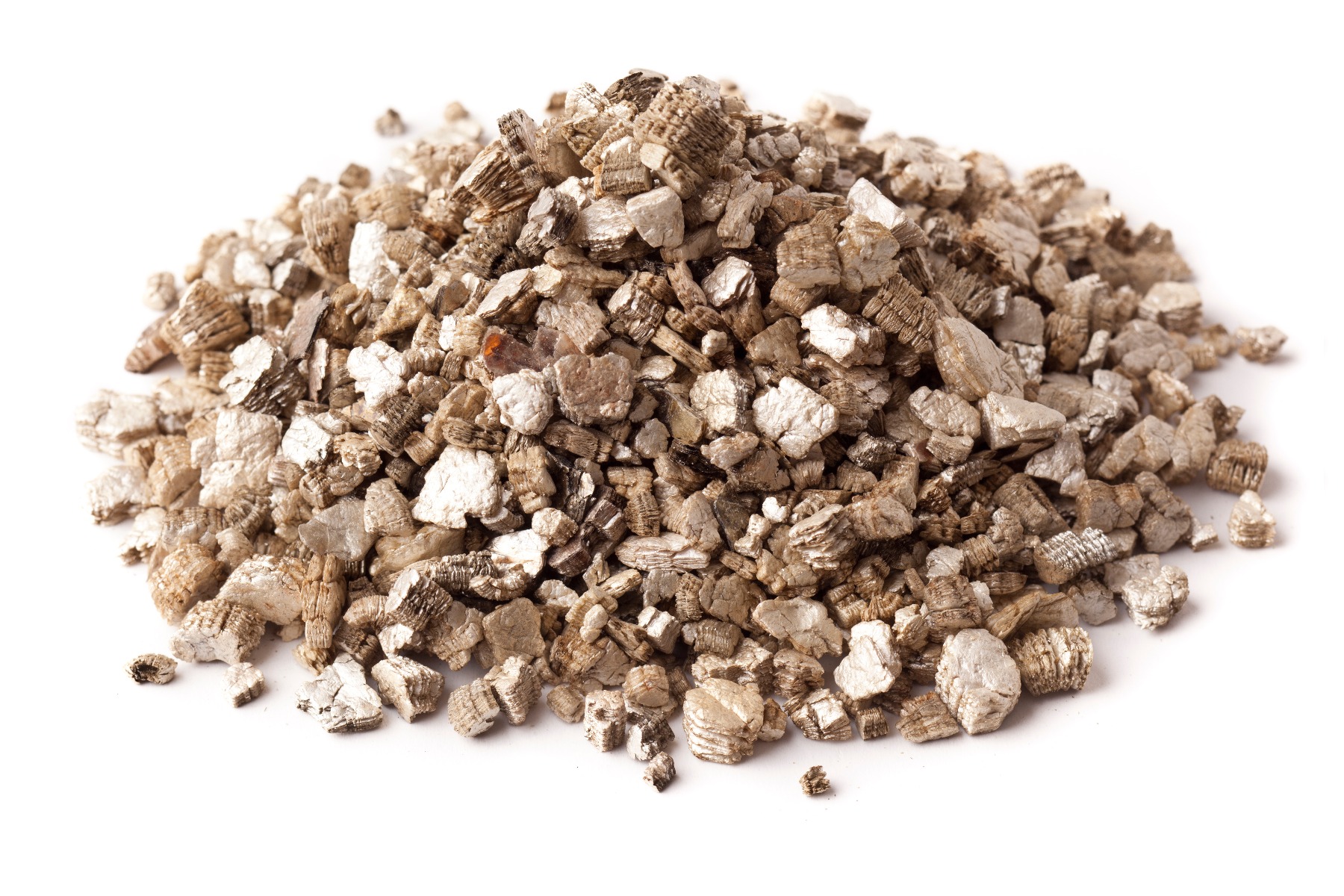 This is the 3rd installment of a monthly column from Ben Walker, Co-CEO of Retrotec. Ben's column focuses on observations on the art and science of high-performance building and home testing.
This is the 3rd installment of a monthly column from Ben Walker, Co-CEO of Retrotec. Ben's column focuses on observations on the art and science of high-performance building and home testing. As many as 30 million U.S. homes may have loose-fill attic insulation made from asbestos-contaminated Zonolite. Here's how to determine if a home has it and what to do if it does.
-
Posted: June 26, 2019Read more »
This is the 2nd installment of a monthly column from Ben Walker, Co-CEO of Retrotec. Ben's column focuses on observations on the art and science of high-performance building and home testing.
A blower door test, along with before and after load calculations of a leaky 1915 home, show the value of these technologies for remodelers and homeowners.
A lot has been written about making new homes energy efficient, comfortable and healthy. That's important, but as more communities with high-performance new homes become available, more owners of existing homes want the same benefits.
Just tightening up a home isn't enough, however. Homeowners want you to quantify the improvements. That's where testing earns its keep.
Weatherization contractors and remodelers who specialize in energy retrofits talk about "testing
-
Posted: October 29, 2018Read more »
Authored By: Sam Myers
Testing ductwork in residential HVAC systems for air tightness is essential to ensure a home will be energy efficient and comfortable. Tighter ducts help homes perform better by allowing conditioned air to travel to its intended destination. They also keep newly conditioned air from escaping to the outside of the home. More states and municipal code jurisdictions are including duct sealing and testing requirements in their energy codes for residential new construction. It is also a part of the RESNET HERS Rating process as well as a function of BPI Analysts when they perform energy audits. There are two methods used for testing ducts: Total duct leakage and leakage to outside (LTO). It is best to verify with local code requirements to see which method is specified. Some state and local codes specify a target for both methods. Both methods require the use of a calibrated duct testing fan combined with a pressure and flow gauge such as the Retrotec
-
Posted: September 26, 2018Categories: EnergyRead more »
By: Sam Myers, Retrotec and Kristi Brodd, Advanced Energy
Hurricane Florence brought record amounts of rainfall and devastating flooding across North Carolina, especially in the eastern part of the state. According to CNN measurements, some cities saw close to 3 feet of rain over four days, which is the highest rainfall total for any tropical system to hit the East Coast of the United States.
As flooding recedes, many people are returning to their homes and beginning the restoration process. If you are moving back into a home that was flooded, it is extremely important to become knowledgeable on moisture management and take the necessary steps to keep your house safe and healthy for you and your family. Just because the water is gone and your house looks back to normal, does not mean that there is no damage or dangerous mold behind the walls, floors and ceiling.
Many families suffered the effects of mold after flooding caused by Hurricane Floyd in 1999. Some
-
Posted: September 05, 2018Read more »
Whether it’s for a building code, third-party home performance program, HERS rating or quality control, testing ducts on new construction homes before the drywall is installed is a good idea to easily fix issues. Once the drywall is installed, it can be difficult to access certain parts of the duct system that need air sealing, especially if there are ducts in chases or between floors. Sometimes it can be tricky to set up your duct tester at rough-in since you typically don’t have a grille to tape the flange to, especially if the return is in the ceiling. Unfortunately, duct mask doesn’t stick to wood and mastic very well. Visible mastic is typically a sign of a job well done when it comes to air sealing. However, it can be frustrating if you don’t have a good system for keeping your flange and flex from falling while you are running a test or hunting down leaks with a smoke device. Setting up a duct test is already one
-
Posted: August 27, 2018Read more »
A comprehensive guide to getting the most out of your blower door system
Authored By: Sam MyersA blower door system can do much more than tell you how much your building is leaking. It can also help you determine the location and severity of the leaks in different zones. There are also cases where you can use your blower door to determine if some ventilation systems are working properly. Knowing the tightness of a home and finding leaks is helpful to HERS Raters, BPI analysts, insulators and HVAC contractors. In this article we’ll introduce the blower door system and how it works for those who are new to the building performance industry. Then we’ll get into various methods to make your blower door work harder, impress your clients and increase the services you offer.
Air Tightness: Why Do We Care?
The reason we care about air tightness in
-
Posted: June 20, 2018Categories: EnergyRead more »
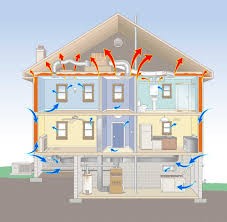 When it comes to home energy performance, comfort, durability and health, the United States falls short in the ranks compared to other developed countries. This is based on the 35 years of experience that Colin Genge has in testing houses from coast to coast and from selling diagnostic tools to over 10,000 technicians who have tested millions more.
When it comes to home energy performance, comfort, durability and health, the United States falls short in the ranks compared to other developed countries. This is based on the 35 years of experience that Colin Genge has in testing houses from coast to coast and from selling diagnostic tools to over 10,000 technicians who have tested millions more.Duct leakage in existing homes can range from 12% to 35%.
Most American houses have poor quality flex duct running outside of the envelope into attics and/or crawlspaces and typically leak an average of about 20%. Some as high as 50%! Code for new houses allows roughly 12% leakage but most houses are not properly tested if they are tested at all. See The Compliance Project for details. These figures are also reflected in past DOE studies of homes built across the US. Older homes are generally much worse especially when duct tape and flex fail over
